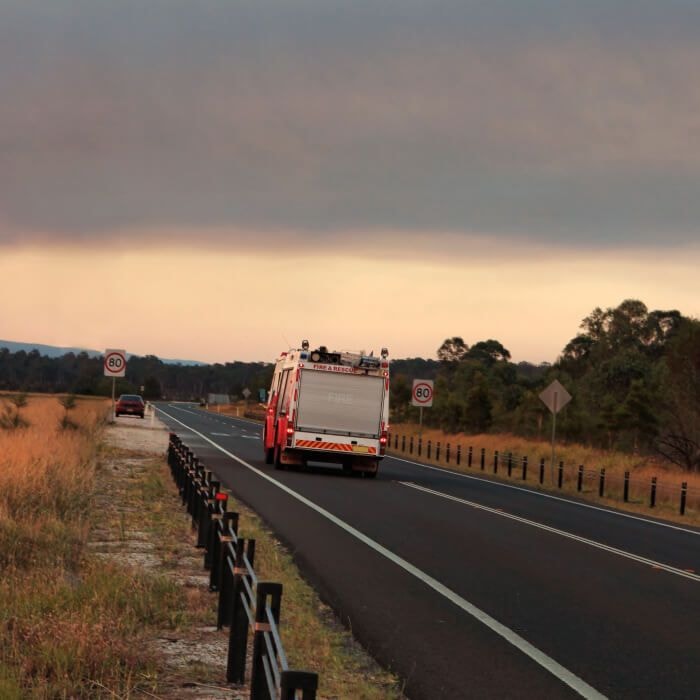
Californian fire agencies cover dead spots with HyphaMESH
The mountains and dense forests around Los Angeles make for unreliable cellular and radio connectivity for emergency responders.
Several public safety agencies carry out search and rescue missions throughout the USA, including FEMA’s Urban Search and Rescue (US&R) Task Force.
As part of a series of exercises simulating both rubble pile and wide area search operations, the Task Force tested HyphaMESH’s ability to extend critical connectivity into areas where cellular and radio signals are not reliable.
During search and rescue missions, maintaining reliable voice and data communications between the Base of Operations (BoO) and forward search teams can be difficult.
Structural collapse is often part of a larger disaster that damages cellular and radio towers.
Forward search teams must traverse deep into rubble, where most signals don’t reach.
This presents safety issues for those personnel and can lead to critical delays from a lack of timely updates.
Remote locations of wide-area search often mean limited cellular and LMR coverage.
Forward search teams cannot share progress on clearing search grids, without reliable connectivity.
This causes uncertainty, creates duplicative work and results in an inefficient operation.
The US&R Task Force exercise used HyphaMESH to create a secure and dedicated wireless network, extending coverage from the BoO into search and rescue areas where cellular (LTE) and radio (LMR) don’t reach.
Staged HyphaREX at the BoO to establish the operation’s mobile wireless network, alongside a Cradlepoint IBR900 to provide LTE backhaul.
Deployed HyphaCAP #25 with a search team to extend the Wi-Fi network into the rubble pile – maintaining a strong connection 0.25 miles away.
Sent second HyphaCAP #29 even further to examine the perimeter of the rubble pile – seamlessly connecting to the network through HyphaCAP #25.
Connected Sonim XP8 rugged smartphones to HyphaCAP’s extended Wi-Fi network, recording search activities on ArcGIS QuickCapture applications.
Staged HyphaREX at the BoO to establish the operation’s mobile wireless network, alongside a Cradlepoint IBR900 to provide LTE backhaul.
Fixed HyphaNODE #12 to a vehicle across a highway, which maintained a strong mesh link to the BoO and leveraged LTE backhaul one mile away.
Deployed HyphaCAP #23 some distance away, which seamlessly connected to the HyphaNODE 0.5 miles south and the BoO 0.75 miles west.
Collected field data across the location with ArcGIS QuickCapture, sending that data back to command in real-time using the established mesh network.
In both situations, HyphaMESH enabled the US&R Task Force to:
Maintain situational awareness at the Base of Operations – tracking field teams and monitoring progress even when they travelled outside of LTE coverage.
Use existing devices and applications to collect and share data instantly – without the requirement for special infrastructure or equipment.
Share Article: